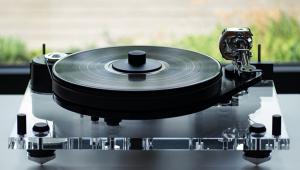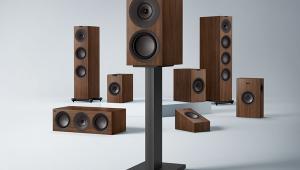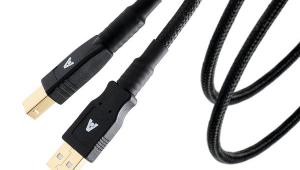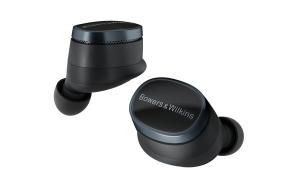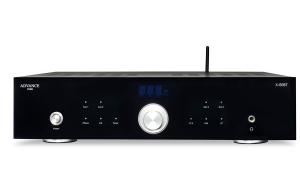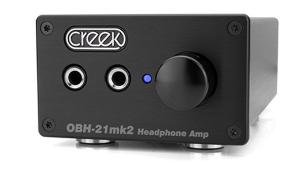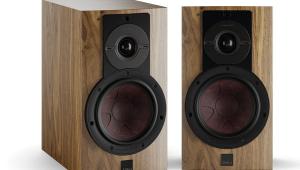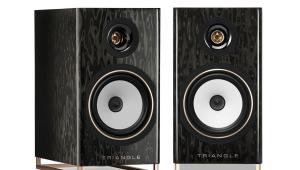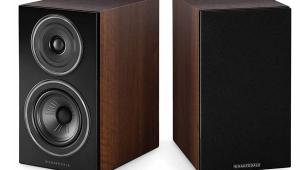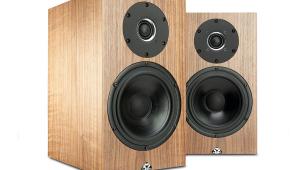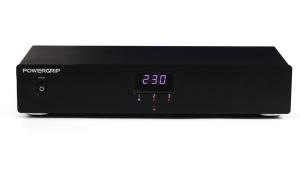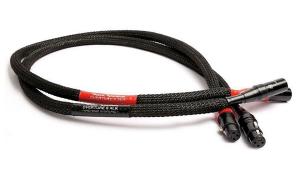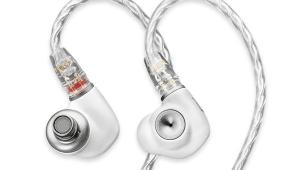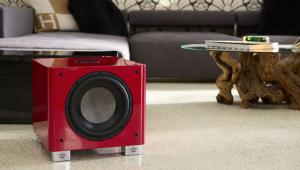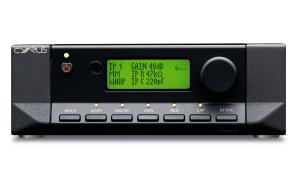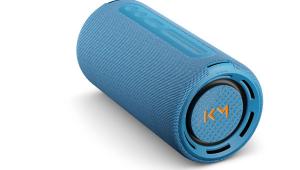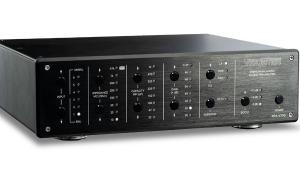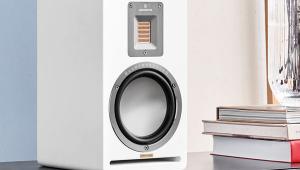Audiolab unveils new 9000 series
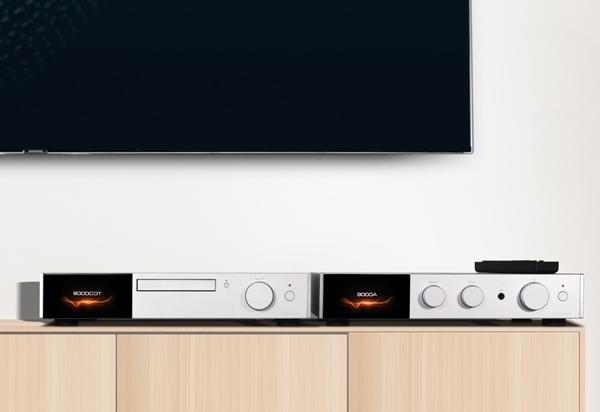
The 9000A builds upon the previous 6000A (HFC 446), which launched in 2018, and has upgraded analogue circuitry and more connectivity. The company claims the new model: “incorporates state-of-the art digital-to-analogue signal conversion, enabling digital sources to be connected directly without an external DAC”. A USB Type B input caters for PCs, Macs, smartphones, tablets and digital storage devices, alongside four digital inputs – two coaxial and two optical. There are also four line-level analogue inputs – three stereo RCA and one stereo XLR for balanced connectivity – plus an MM phono input for a turntable.
Those wishing to stream wirelessly from smartphones, tablets and computers can use the 9000A’s Bluetooth facility, which is version 5 and compatible with aptX HD, LDAC, aptX Low Latency, regular aptX, AAC and SBC. However, the 9000A does not include built-in network streaming – Audiolab is developing a separate, dedicated streamer for the 9000 Series which is set to arrive soon. Watch this space...
The 9000A incorporates the ES9038PRO – an eight-channel DAC chip, which Audiolab says represents: “the pinnacle of ESS Technology’s current Sabre range”. This is accompanied by proprietary circuitry to make the most of the chip’s HyperStream II architecture and Time Domain Jitter Eliminator technology.
The DAC can handle PCM music files up to 32-bit/768kHz and up to DSD512, including FLAC, ALAC, AIFF and WAV, as well as compressed legacy formats and MQA. The 9000A is officially ‘Roon Tested’ too, ensuring it works seamlessly in a Roon audio environment. Users can opt to upsample digital audio signals to 352.8kHz or 383kHz, and five DAC reconstruction filter settings allow the listener to adjust the sound to suit the source material. With a quoted output of 100W per channel into 8ohm – double that of the 6000A – Audiolab claims the 9000A delivers: “sufficient power to drive any loudspeakers with consummate ease and plenty in reserve”.
The 9000A’s power amplifier is a dual-mono design with entirely separate power supplies for the left and right channels. A low noise 320VA toroidal transformer combines with 60,000uF reservoir capacitance and four output transistors per channel, specifically configured in an attempt to improve linearity under difficult load conditions and capable of delivering a claimed maximum output current drive of 15A per channel.
Audiolab has developed a new, improved MM phono stage for the 9000A with precise RIAA equalisation, precision input filtering and an upgraded power supply, and it handles moving-magnet carts but is not switchable to suit low-output moving-coil types. The 9000A also boasts a dedicated headphone amplifier.
As is traditional with Audiolab’s integrated amps, the 9000A offers three distinct operational modes. The primary mode is ‘Integrated’ combining the pre and power amp stages, for the connection of digital and analogue sources to the amp’s inputs and a pair of speakers to its binding posts.
‘Pre-Power Mode’ disconnects the pre and power amp stages, which allows the 9000A to be used solely as a power amp. ‘Pre Mode’ disables the power amp stage, turning the 9000A into a standalone DAC/preamp. This enables external power amplification to be added, thus providing a possible upgrade path. The 9000A comes in a choice of silver or black and costs £1,100.
It’s joined by the 9000CDT CD transport, which Audiolab says: “incorporates a new, high-end transport mechanism, featuring a high-precision optical system and low-friction loading tray. A read-ahead digital buffer reduces disc-reading failures, enabling the 9000CDT to play damaged discs that may be rejected by other CD players.” As well as spinning CDs, the 9000CDT features a USB Type A input, enabling playback from USB storage devices. FAT12, FAT16 and FAT32 formatted devices are supported, and WAV, WMA, AAC and MP3 files can be played, with navigation available via the front panel controls and remote handset.
It boasts a 4.3in colour display and rotary function selector. The display shows track information from CDs and USB-connected storage devices, and also provides access to functions such as auto-standby settings, language selection, 12V trigger activation for system control and dimming of the display itself (or the option to switch it off entirely). This screen matches the 9000A integrated amp and forthcoming 9000N network audio streamer. It comes in a choice of silver or black finishes and costs £1,000.
Available to buy now, you can find out more about the Audiolab 9000 series here .
 |
Inside this month's issue:
Ruark R610 music system and Sabre-R standmount speakers, PMC twenty.23i Active, floorstanders, English Acoustics Downton preamplifier, Bluesound NODE ICON preamp/streamer, Ortofon Concorde Music Blue MM cartridge and much, much more
|














